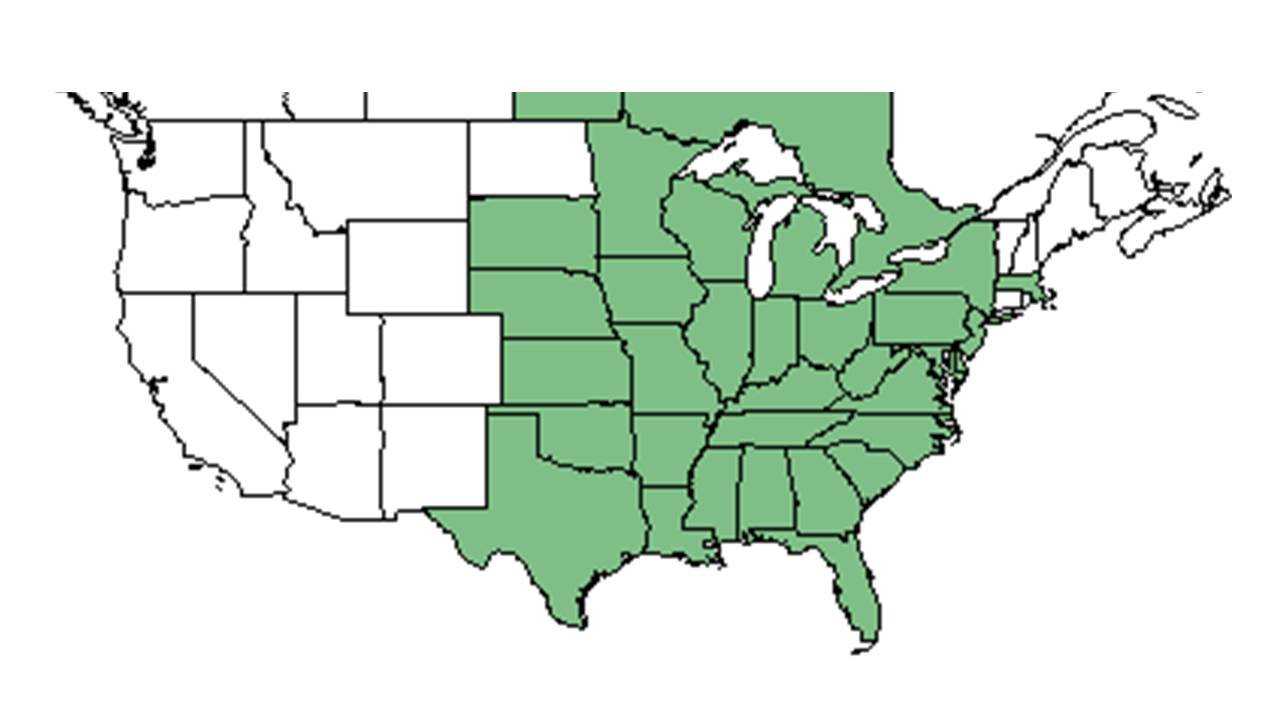Difference between revisions of "Lactuca floridana"
| Line 24: | Line 24: | ||
==Ecology== | ==Ecology== | ||
===Habitat=== <!--Natural communities, human disturbed habitats, topography, hydrology, soils, light, fire regime requirements for removal of competition, etc.--> | ===Habitat=== <!--Natural communities, human disturbed habitats, topography, hydrology, soils, light, fire regime requirements for removal of competition, etc.--> | ||
| + | |||
| + | This species can be found in mesic coastal calcareous hammocks, mesic woodlands, moist edges of ponds, upland hardwood forest remnants, and bordering small streams (FSU Herbarium). It also does well in disturbed areas near boat landings, on camping areas, along railroad banks, weedy areas, pastured fields, and clearings of swamps and woodlands (FSU Herbarium). It grows can grow in fully shaded to partial shade environments in loamy and oyster shell soils (FSU Herbarium). | ||
| + | |||
===Phenology=== <!--Timing off flowering, fruiting, seed dispersal, and environmental triggers. Cite PanFlora website if appropriate: http://www.gilnelson.com/PanFlora/ --> | ===Phenology=== <!--Timing off flowering, fruiting, seed dispersal, and environmental triggers. Cite PanFlora website if appropriate: http://www.gilnelson.com/PanFlora/ --> | ||
Revision as of 14:53, 14 July 2015
| Lactuca floridana | |
|---|---|
Error creating thumbnail: Unable to save thumbnail to destination
| |
| Scientific classification | |
| Kingdom: | Plantae |
| Division: | Magnoliophyta - Flowering plants |
| Class: | Magnoliopsida – Dicotyledons |
| Order: | Asterales |
| Family: | Asteraceae ⁄ Compositae |
| Genus: | Lactuca |
| Species: | L. floridana |
| Binomial name | |
| Lactuca floridana (L.) Gaertn. | |

| |
| Natural range of Lactuca floridana from USDA NRCS Plants Database. | |
Contents
[hide]Description
Common Name: woodland lettuce
Distribution
Ecology
Habitat
This species can be found in mesic coastal calcareous hammocks, mesic woodlands, moist edges of ponds, upland hardwood forest remnants, and bordering small streams (FSU Herbarium). It also does well in disturbed areas near boat landings, on camping areas, along railroad banks, weedy areas, pastured fields, and clearings of swamps and woodlands (FSU Herbarium). It grows can grow in fully shaded to partial shade environments in loamy and oyster shell soils (FSU Herbarium).
Phenology
This species was observed flowering in June and August through October and fruiting in October and December (FSU Herbarium).
Seed dispersal
Seed bank and germination
Fire ecology
Pollination
Use by animals
Diseases and parasites
Conservation and Management
Cultivation and restoration
Photo Gallery
References and notes
Florida State University Robert K. Godfrey Herbarium database. URL: http://herbarium.bio.fsu.edu. Last accessed: June 2014.
Collectors: Loran C. Anderson, A. H. Curtiss, A. Gholson Jr., Robert K. Godfrey, C. Jackson, R. Kral, T. MacClendon, K. MacClendon, Richard S. Mitchell, Harry Neel, Gil Nelson, J. B. Nelson, George R. Cooley, Carroll E. Wood, Jr., and Kenneth A. Wilson.
States and Counties: Florida: Calhoun, Dixie, Duval, Escambia, Franklin, Gadsden, Hernando, Jackson, Jefferson, Leon, Liberty, Masidon, Taylor, and Wakulla.